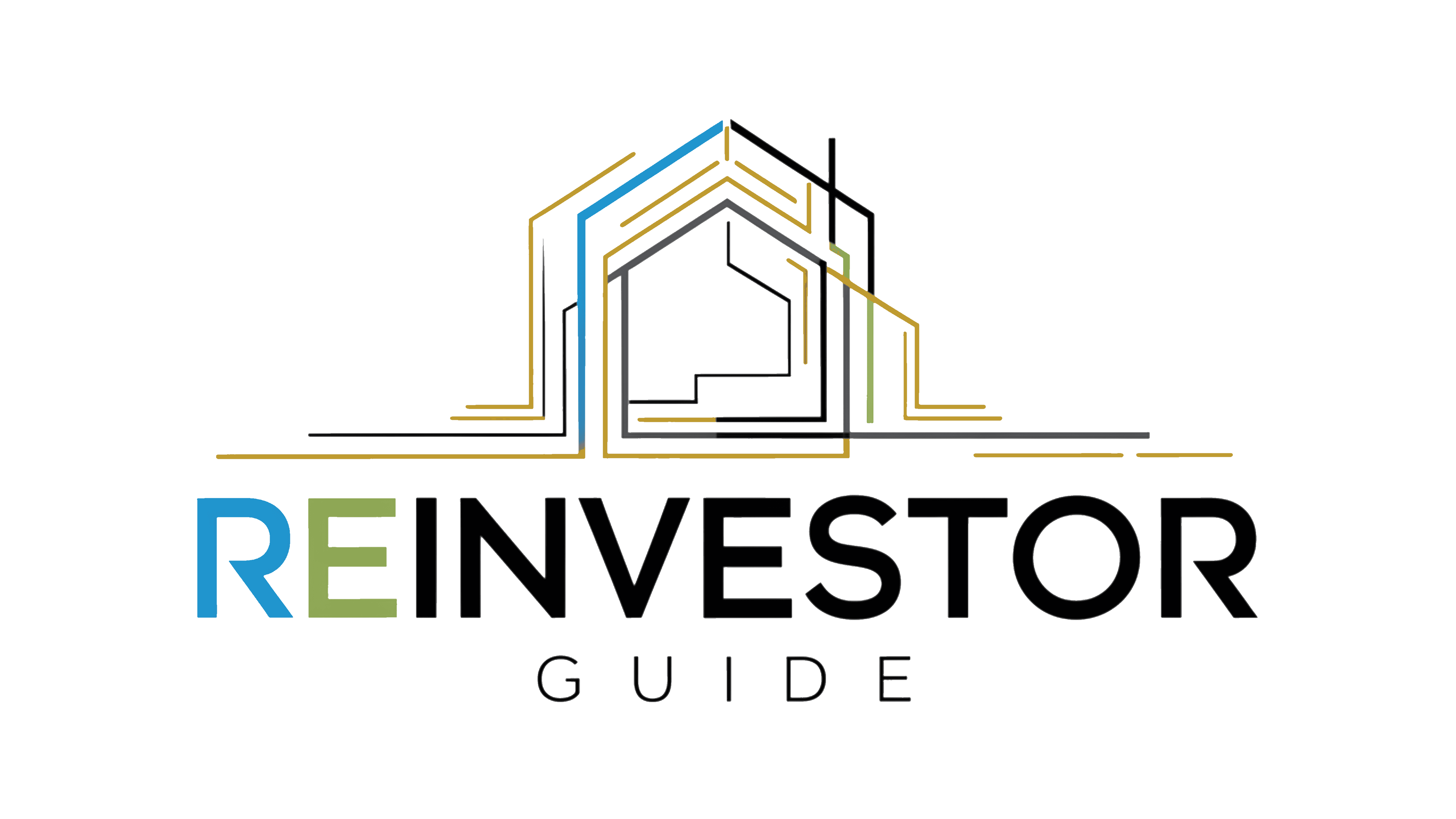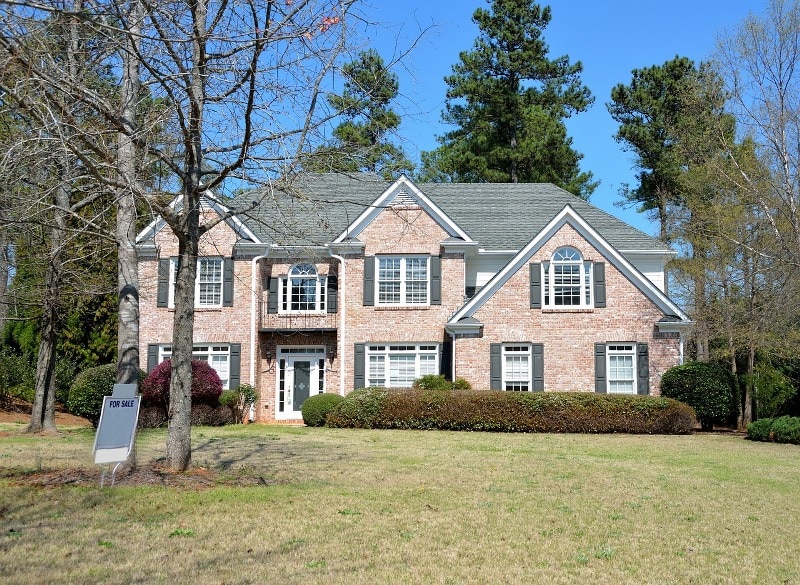You’ve bought the deal, renovated the property, and it looks incredible. But now comes the part that makes or breaks your return:
Your exit strategy.
Every successful fix and flip project begins with the end in mind. Whether your goal is to sell for a quick profit, refinance into a rental, or pivot if the market shifts, having a clear plan is what separates experienced investors from speculators.
In this guide, we’ll walk through the top exit strategies for fix and flip projects, when to use each, and how to protect your upside—no matter what the market throws at you.
Why Your Exit Strategy Matters
A fix and flip isn’t just about the renovation—it’s about getting your money out and making a profit.
Without a well-planned exit, you risk:
- Holding too long and eating into returns
- Missing the market window
- Running into interest payments or balloon deadlines
- Getting stuck with a property that can’t sell
That’s why the smartest investors don’t just renovate—they strategize the exit from day one.
Top 5 Exit Strategies for Fix and Flip Projects
✅ 1. Sell on the Open Market (Traditional Flip)
This is the classic fix and flip play: you buy low, renovate smart, and list it on the MLS for top dollar.
Best For:
- Strong retail markets with active buyers
- Cosmetic or mid-level rehabs
- ARVs supported by solid comps
Tips:
- Work with an investor-friendly agent
- Time listing with market trends (avoid holidays if possible)
- Stage the property for emotional appeal
Pros: Fast cash-out, full profit realization
Cons: Market timing risk, agent fees, capital gains tax
✅ 2. Sell to a Cash Buyer or Investor
If speed is more important than top-dollar price, consider selling to another investor.
Best For:
- Properties with low DOM (days on market)
- Partial rehabs or quick-turn flips
- Wholesalers or off-market opportunities
Pros: Quick close, minimal marketing, fewer contingencies
Cons: Discounted sale price, limited buyer pool
✅ 3. Refinance and Hold (Flip-to-Rental / BRRRR)
Some flips make great long-term rentals. If cash flow is solid, you can refinance out of your flip loan into a 30-year DSCR or conventional mortgage.
Best For:
- Properties in high-rent or appreciating areas
- Investors using the BRRRR strategy
- Long-term wealth building
Tips:
- Calculate DSCR early to confirm refi viability
- Ensure rehab meets rental durability standards
- Factor in seasoning periods with lenders
Pros: Keeps equity working, creates passive income
Cons: Ties up capital longer, requires tenant placement
✅ 4. Lease Option or Seller Financing
Create a hybrid exit by offering the property with rent-to-own terms or seller-financing.
Best For:
- Slower buyer markets
- Buyers who can’t yet qualify for a loan
- Properties with strong rent potential
Pros: Collect rental income + premium price
Cons: Delayed cash-out, more management complexity
✅ 5. Wholesale the Flip Contract (Pre-Reno Exit)
If you lock in a great deal but don’t want to renovate it yourself, wholesale the contract or property “as-is” to another investor.
Best For:
- Strong off-market acquisitions
- Busy flippers or capital-light investors
- Investors who want to avoid rehab risk
Pros: No rehab, fast profits, low risk
Cons: Lower margins, need strong buyer list
How to Choose the Right Exit Strategy
Use these criteria to decide:
| Question | Consideration |
| What’s the local market doing? | If hot, go for resale. If soft, consider refi. |
| Do I have strong comps to justify ARV? | If yes, list. If no, consider hold or hybrid. |
| Is the neighborhood investor-friendly? | Rentals and refis may be ideal. |
| Do I need fast capital recovery? | Flip or wholesale. |
| Can I hold and cash flow long term? | Refi and rent may beat a sale. |
Exit Timing: When to Pull the Trigger
- Sell immediately if the market is hot and buyer demand is high
- Hold and refi if rates are favorable and cash flow works
- Sell off-market if you need fast liquidity
- Stagger multiple exits across a portfolio to balance risk
Pro Tip: Always have a Plan B. If your flip doesn’t sell fast, be ready to rent it or refinance it.
Real-World Example
Investor: Maya buys a $160K home, renovates it for $40K, and expects an ARV of $275K.
But by the time she finishes, buyer activity has slowed.
She evaluates:
- Open market sale: $265K = thinner profit
- Refi with DSCR lender: $190K loan based on $1,950 rent
- Cash-out + rental income = long-term win
Exit: Maya refis into a 30-year DSCR loan, pulls out equity, and holds for cash flow.
Final Thoughts
Flipping isn’t just about renovations—it’s about exit planning.
Whether you sell retail, rent and refi, or pivot to seller financing, having multiple exit strategies gives you control and flexibility—two of the most important traits for a successful investor.
Don’t wait until the rehab is finished to figure it out. Build your exit into your numbers, your contracts, and your strategy from day one.
Our advise is based on experience in the mortgage industry and we are dedicated to helping you achieve your goal of owning a home. We may receive compensation from partner banks when you view mortgage rates listed on our website.



